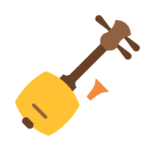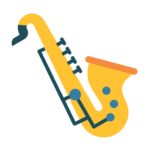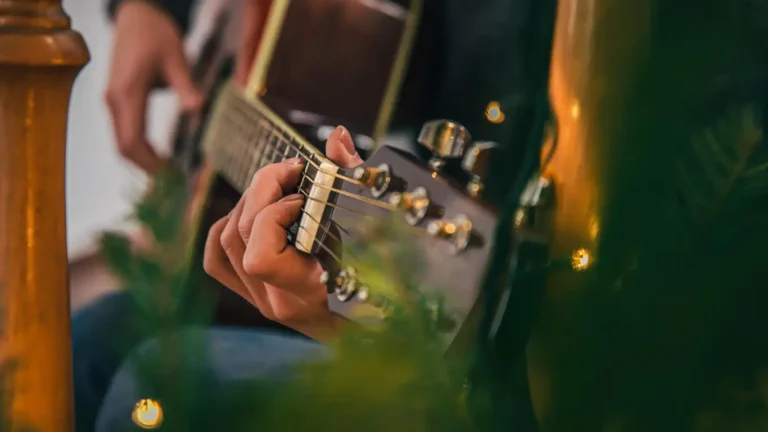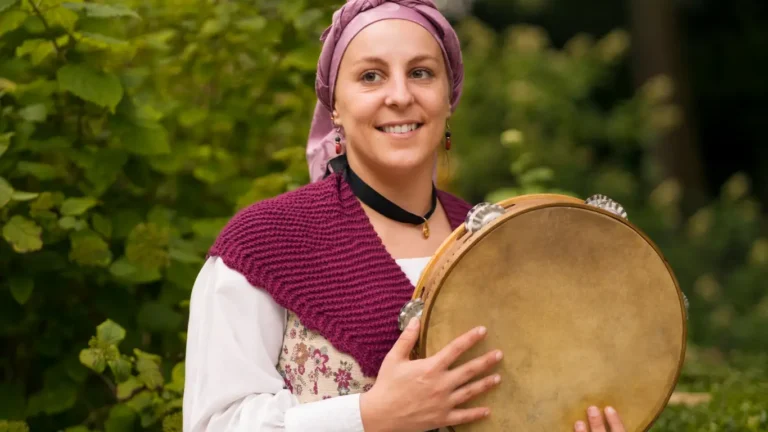Persian music has a rich and diverse history, with its origins stretching back thousands of years. One of the most intriguing aspects of this tradition is its intricate and unique music modes, known as Persian music modes or dastgahs. These modes form the backbone of Iranian classical music and play a crucial role in defining the emotional depth and beauty of Persian traditional music songs.
If you’re based in Canada and interested in learning more about Persian music, understanding these modes is an essential step in exploring this art form. This guide will answer your burning questions and provide you with helpful insights into Persian music modes and their relevance to both beginners and seasoned musicians.
What Are Persian Music Modes?
Persian music modes, also called dastgahs, are essentially scales or musical frameworks that form the foundation for Persian classical music. Each mode has its own unique character, emotional tone, and traditional uses. Unlike Western music, which primarily uses major and minor scales, Persian music modes are more intricate and evoke specific emotions.
There are a total of 12 main Persian music modes, and each mode consists of a series of notes that create a distinct mood. They are:
The 7 Main Dastgahs
- Dastgah Shur: Often associated with deep sadness and longing.
- Dastgah Mahur: A mode that conveys joy and serenity.
- Dastgah Rast-Panjgah: A mode linked with a sense of peacefulness and calm.
- Dastgah Segah: Characterized by a more melancholic tone.
- Dastgah Nava: Known for its contemplative and reflective nature.
- Dastgah-e Chahargah(mode): Dramatic and energetic; often used for heroic themes.
- Dastgah-e Homayun: Noble and spiritual; often used for serious, reflective pieces.
The 5 Āvāzes (Derived Modes)
These are considered branches (āvāz) of Dastgah-e Shur, though each has its own mood:
- Āvāz-e Abu-Ata: Sad and spiritual.
- Āvāz-e Dashti: Rural, heartfelt, often connected with folk songs.
- Āvāz-e Bayat-e Tork: Warm, expressive, and emotional.
- Āvāz-e Afshar: Melancholic and subtle.
- Āvāz-e Bayat-e Esfahan: Romantic, nostalgic, and poetic (sometimes linked to Homayun).
These modes are not only used in classical Persian music but are also deeply ingrained in ancient Persian music and Persian traditional music songs.
Read More: Hang Drum Tuning vs Handpan
The Connection Between Persian Music Modes and Classical Persian Music
Classical Persian music is built around the Persian music modes, and musicians use these modes to compose songs, improvisations, and performances. In classical Persian music, there’s a beautiful balance between fixed compositions and improvisation, often within the framework of a particular mode or dastgah. This interplay between structure and spontaneity is what makes Persian music so unique.
The Persian dastgah system offers an amazing level of depth, as musicians can explore various Persian music modes while still adhering to a certain structure. For example, a song that begins in Dastgah Shur might gradually shift into Dastgah Mahur or vice versa, giving a sense of emotional progression and storytelling.
Read More: Music Education for Adults
The Role of Persian Traditional Music Songs in Learning Persian Music Modes
Listening to Persian traditional music songs is an excellent way for beginners to familiarize themselves with the sounds and feelings that each mode evokes. The music of renowned Persian musicians, such as Mohammad-Reza Shajarian and Hossein Alizadeh, often showcases a variety of Persian music modes, and their work serves as an educational resource for anyone wanting to learn more about this fascinating musical system.
As you listen to these songs, try to identify the underlying Persian music modes and notice how the mood shifts throughout the piece. This can greatly enhance your understanding of how each mode is used to convey different emotio
Read More: Instruments Like Handpan
How Can You Learn About Persian Music Modes in Canada?
For those interested in learning about Persian music modes in Canada, there are a variety of options available. In cities like Toronto, Vancouver, and Montreal, many music academies offer courses in Persian traditional music. One standout option is Navasaz, a Toronto-based music academy specializing in Traditional Iranian music. Whether you're a beginner or an advanced musician, Navasaz provides flexible, online, and in-person classes tailored to suit your schedule and skill level. Their instructors have extensive knowledge of Persian dastgah and can guide you through each Persian music mode with a focus on both theory and practice.
If you’re new to Persian music, starting with one-on-one lessons at Navasaz could be the perfect way to dive into this rich musical tradition.
Read More: Finding the Adult Piano Teacher
How Do Persian Music Modes Differ from Western Music Scales?
While Western music typically revolves around major and minor scales, Persian music modes offer a wider range of emotional expression. The distinctiveness of Persian music modes lies in the subtle nuances that each mode brings to the table. For example, Dastgah Shur might feel mournful and heavy, while Dastgah Mahur might feel uplifting and joyful. This emotional richness makes Persian music modes a key element in understanding Persian traditional music songs and classical Persian music.
Read More: Handpan Training
Why Should You Explore Persian Music Modes?
Exploring Persian music modes opens up a whole new world of musical exploration and personal expression. These modes allow musicians to:
- Express a wide range of emotions through melody and rhythm.
- Learn about the historical and cultural significance of Persian music.
- Experience a form of music that is deeply rooted in ancient traditions and modern innovation.
By learning about Persian music modes, you’re not just studying scales—you’re immersing yourself in an entire cultural and artistic legacy.
Read More: Learn the Setar Notes
FAQs
While Western music scales are based on major and minor modes, Persian music modes are more complex and convey a wider range of emotions. Each mode has its own distinct feel, and musicians often improvise within these modes, making Persian music more flexible and expressive.
No, Persian music modes are also prevalent in traditional and contemporary Iranian music. Many pop songs and even film scores in Iran are based on these modes, blending modern elements with ancient traditions.
Learning Persian music modes can be challenging for beginners, but it is absolutely possible with the right guidance. Starting with the basics at a music academy like Navasaz can help build a strong foundation in Persian music theory and practice.
Identifying a Persian music mode requires active listening. You’ll need to pay attention to the melody, rhythm, and emotional tone of the song. Over time, as you become more familiar with the modes, it will become easier to identify them.
Yes! Persian music modes can be integrated into any genre of music. Many contemporary musicians experiment with Persian dastgah and Persian traditional music songs in fusion genres, blending them with Western or other international styles.
 String Instr
String Instr Percussion Instr
Percussion Instr Wind Instr
Wind Instr Keyboard Instr
Keyboard Instr Tools
Tools Books
Books

